Barriers to Education for Ugandan Girls
At Excel Learning Center, outside of Kampala, children begin school with a surplus of hope. Sadly for girls, however, various factors are against their likelihood for completion of schools, not least of these the inability to manage menstruation.
Education is considered to be the most effective way of implementing change in poverty-stricken developing countries. In Uganda, there is no lack of schools. But, it’s not enough just to have a school. There are multiple barriers to education that are often overlooked.
For example, school fees limit enrollment to those who can afford it. In many cases, children either work during the school day to support their impoverished families, or stay home to care for their siblings while their parents work. Specifically for girls, there is typically more value on learning to be a caretaker of a home than on formal school education. So, especially in circumstances where money is limited, boys are often given priority over girls to get an education.
In addition to financial restrictions, children often lack access to safe water at school. Many water sources are sedentary and dirty, with an increased potential to cause disease. Girls are primarily affected by this issue, particularly due to menstruation.
Brynn (Foster) Buchanan taught a seminar on reproductive health in the Bwaise slum outside of Kampala. Sadly, many girls did not know the source or reason for monthly bleeding. Foster taught them that this was one of the only times that the presence of blood was ok.
While in Uganda this summer, several girls shared with me their story of having to choose between going to school while on their menstrual cycle or staying home. Going to school while bleeding is commonly discouraged because of the lack of sanitation and privacy. Their schools do not have separate bathroom stalls or clean water for washing (or in some cases, any water at all). Some girls skip class to fetch water so they can clean themselves, or, when schools do not have proper toilets, some drop out once they reach puberty (Source: The Water Project). Interviews I conducted with 25 headmasters of city and village secondary schools in Uganda revealed that none of their schools offered programs to address the hygienic needs of young women.
This situation is not limited to Uganda, but rather is the plight of many young women throughout Africa. According to a 2009 survey, the key reasons girls are absent from school throughout their years of puberty are due to a lack of privacy, unavailability of sanitary disposal facilities [bathrooms], and water shortages (Source: WaterAid). According to UNICEF, 1 in 10 school girls in Africa miss classes or drop out completely due to their monthly cycle. For many, their only option is to substitute pads or tampons for unsanitary and less absorbent materials such as a rag, newspaper, or bark Source: Think Africa Press). These measures often lead to infection, and can, in many cases, result in death due to limited access to healthcare.
A 'choo' (toilet) in rural Kenya. The instability of the structure combined with the lack of pest control makes urinating a very unpleasant experience. Many school toilets lack safety, a place to wash one's hand, or even the privacy of doors.
The relationship between education for girls and clean, safe educational facilities is undeniable. Most young women who do remain in school still miss 10-20 percent of all class days due to lack of hygiene resources and safe private restrooms. According to UNICEF’s 2009 Equity in School: Water and Sanitation Report, many girls drop out by secondary school, and only 30 percent of their classmates reach 10th grade
(Source: IRINNews).
The lack of affordable sanitary products and private facilities for girls limits their mobility and productivity as women, and ultimately, their ability to experience their human right to an education. The remedy to this situation must go beyond basic awareness. In traditional communities, the physical changes of puberty, and of menstruation in particular, are subjects that are often difficult to address directly in the home, and unlikely to be discussed in the school context.
As an organization, we are concerned with the livelihood and empowerment of women, and are working to address such barriers to education. In Uganda this summer, G.O.D. Int'l representative Josh Kurtz fixed two wells in a local village of over 160 families that hadn’t had access to clean water in over 8 years. In addition, Josh Kurtz, Cameron Kagay, Francis Lubega and others on our team are practicing plumbing and water catchment in both Uganda and the US, learning techniques that can be implemented in local Ugandan schools in order to improve their bathroom facilities.
Additionally, I, along with G.O.D. East Africa team members Megan Fleeman, Grace Aaseby, Kathryn Montgomery, have designed homemade reusable pads and have taught Ugandan women how to make them with their own materials. A Ugandan woman we have been working with for over 9 years said, “I am already thirty-six years old. I wish I had these pads my whole life. They are very practical for my living situation.” Another twenty-five year old Ugandan woman said, “I don’t see why anyone one would not use something that works so well.” Our hope is to teach women how to make and use these pads, and that they will teach others.
These efforts are only the beginning of what we hope will help put an end to these educational barriers for Ugandan girls. Please pray with us, that our initial efforts in providing safe water and clean, affordable feminine hygiene products to Ugandan woman will one day result in a new story told by school girls without such barriers to education.
Written by Kendice Hartnell
